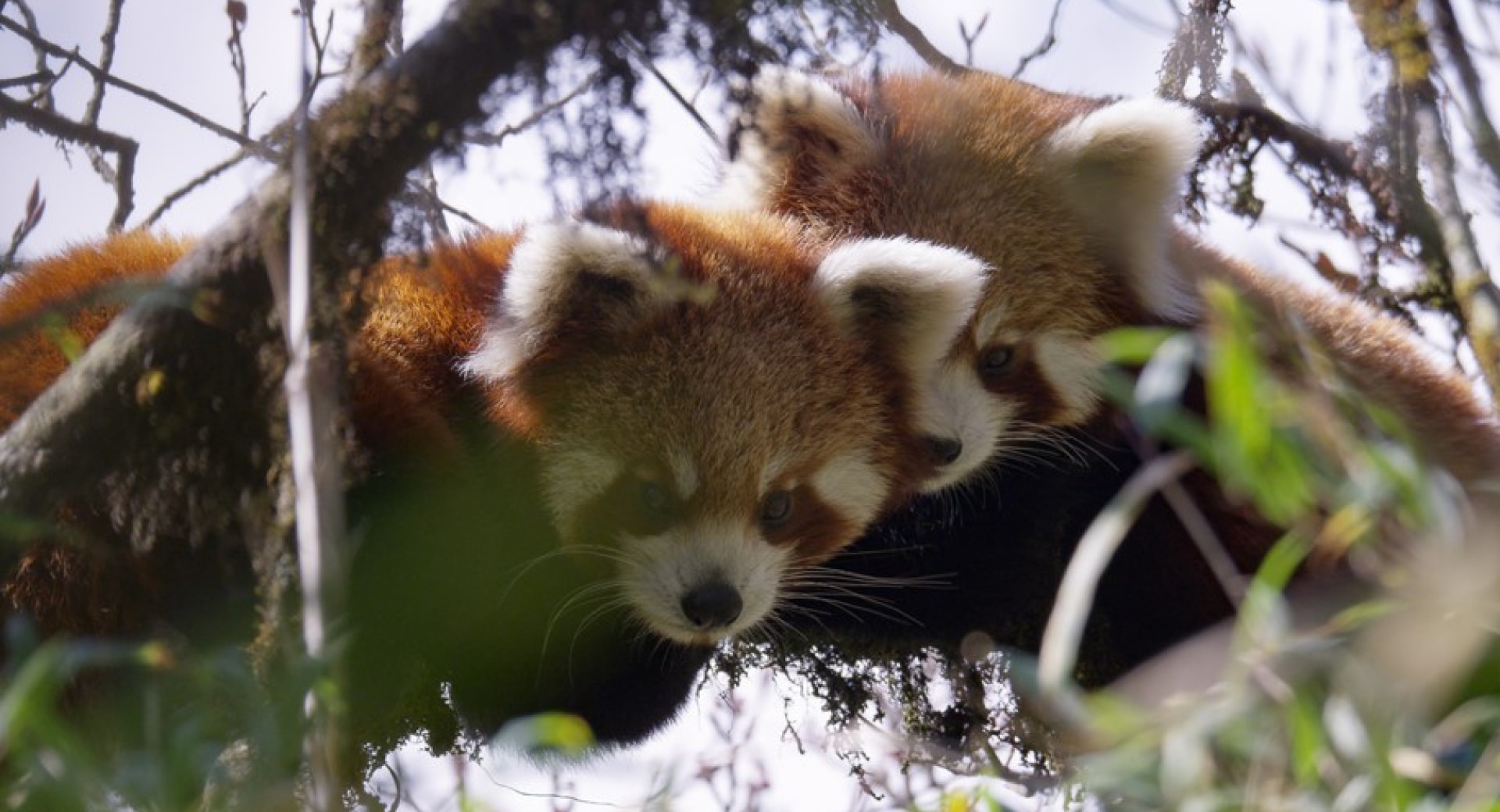
RPN raises awareness on the frontlines of red panda conservation with the Holtzmann Wildlife Foundation.
On a global scale, red panda awareness is steadily growing. Videos on social media of adorable zoo-born cubs are going viral and people are doing their part to share conservation messages of this species.
But what about the people who live among the red pandas? What about people who depend on the same forest resources that red pandas depend on for their survival? People whose livelihood choices directly impact Himalayan wildlife and help determine the future of many threatened species. People who live more remotely and may not have the same access to the internet and social media. How do we reach the people who live on the frontlines of red panda conservation?
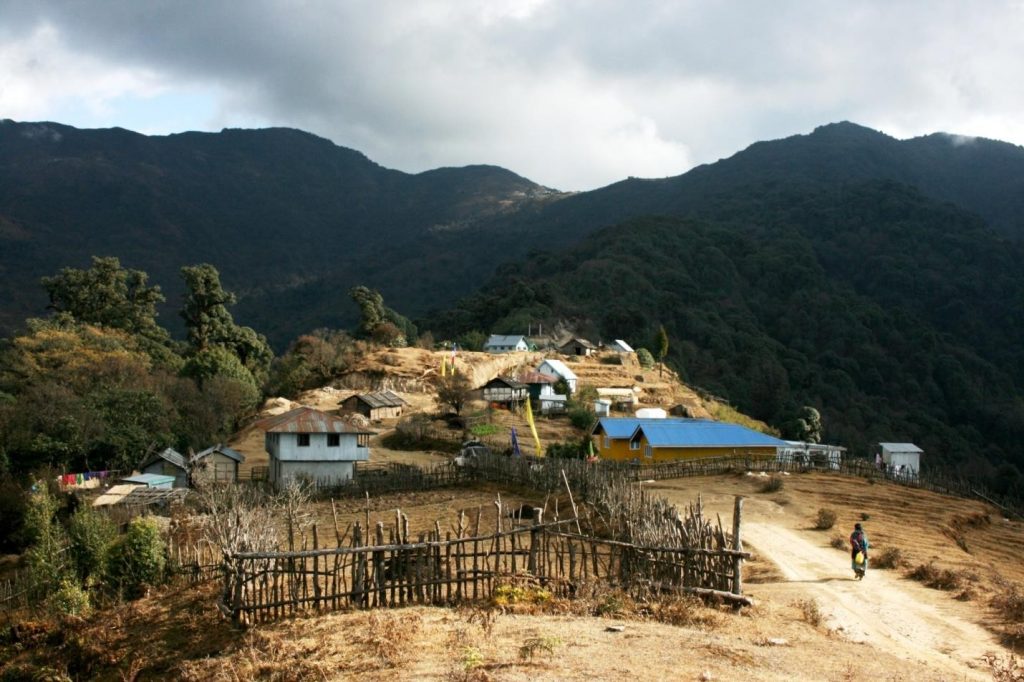 Village (Dobate) in red panda habitat in Ilam, Eastern Nepal.
Village (Dobate) in red panda habitat in Ilam, Eastern Nepal.
This is an important question. Red Panda Network (RPN) prioritizes grassroots efforts in range countries—and thanks to support from the Holtzmann Wildlife Foundation—we have completed a red panda awareness campaign that is pivotal to our overall outreach goals.
An effort of this magnitude is needed: The global red panda population has declined by 50 percent over the past 20 years. The wild population is estimated to be less than 10,000 and as few as 2,500. The primary threats are habitat loss and fragmentation—caused by unsustainable livestock grazing and harvest of forest resources, which is compounded by poaching and illegal wildlife trade.
What are the drivers of these threats? Poverty and low environmental awareness among red panda range communities.
RPN is addressing poverty with livelihood improvement and alternative income initiatives, which includes ecotourism, organic farming, micro-enterprises, an anti-poaching network and Forest Guardian programs.
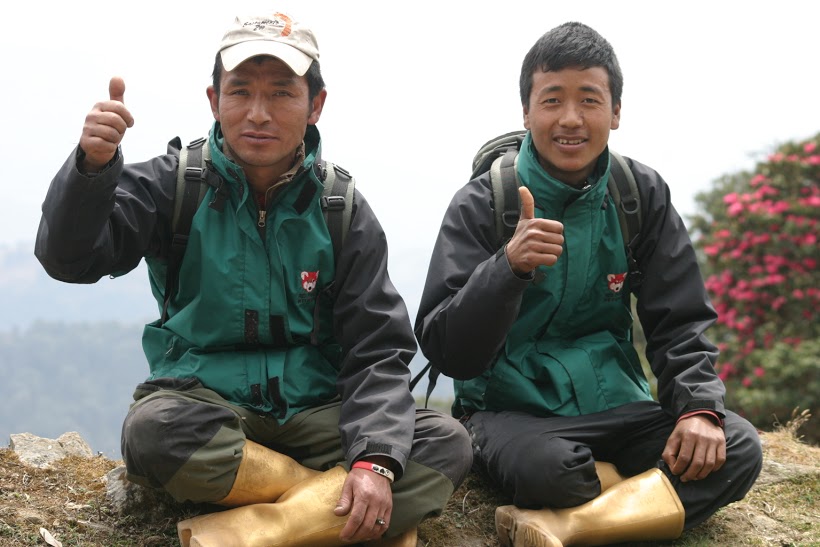 Nature guides/Forest Guardians during an ecotrip in Eastern Nepal.
Nature guides/Forest Guardians during an ecotrip in Eastern Nepal.
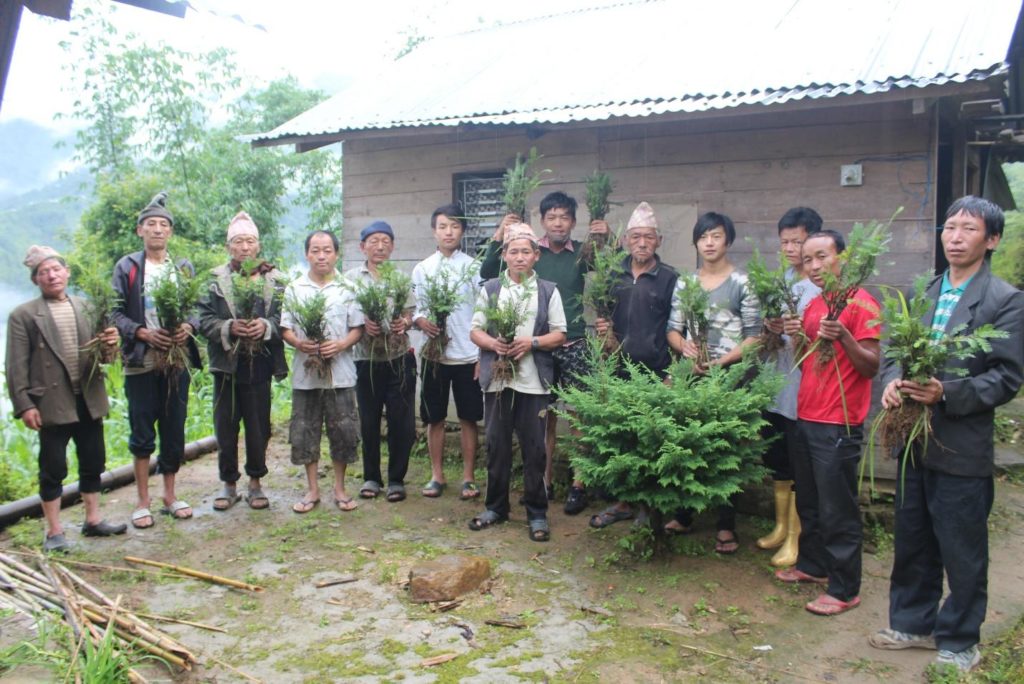 Participants of organic farming training.
Participants of organic farming training.
Forest Guardians are local people who are hired to monitor and protect red panda habitat. They also help to educate their fellow community members about red pandas and their importance to the forest ecosystem.
In order to elevate local outreach, RPN worked with Vision 360 on a three-week campaign in the Panchthar-Ilam-Taplejung (PIT) corridor of Eastern Nepal during May and June of this year.
The campaign launched on Earth Day and featured a Nepali translation of ‘The Forgotten Panda,' a 15-minute documentary directed by Axel Gebauer. In Nepali, the title translates to, "Samrakchhyan ko Parkhaima Red Panda." This short, yet powerful film was showcased throughout the PIT corridor to help spark awareness for red panda conservation. Outreach at each event included a colorful red panda branded vehicle, red panda information sheets for attendees, audience engagement activities, and the distribution of children’s red panda storybooks in local schools.
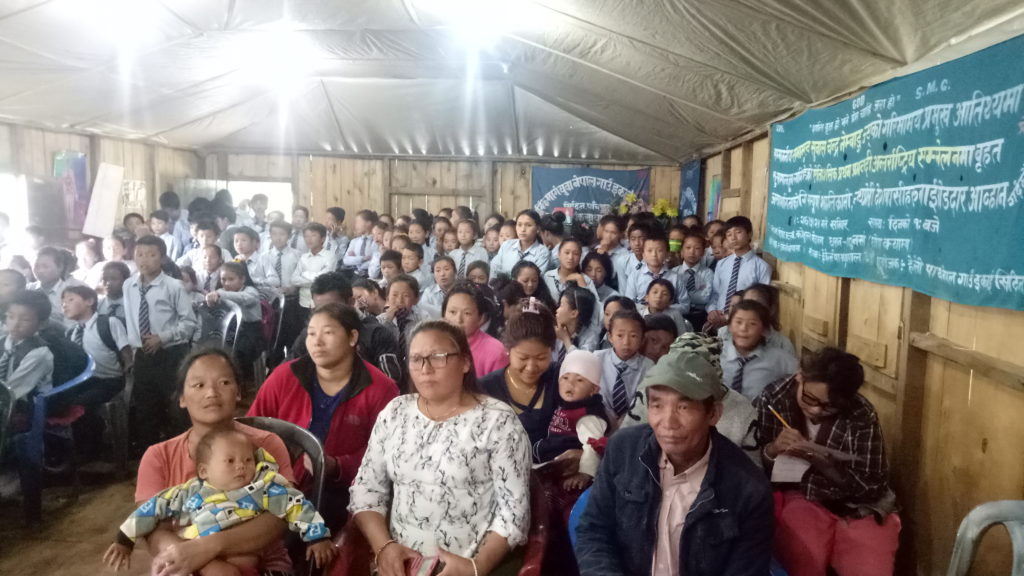 Showcase of 'The Forgotten Panda' in Eastern Nepal.
Showcase of 'The Forgotten Panda' in Eastern Nepal.
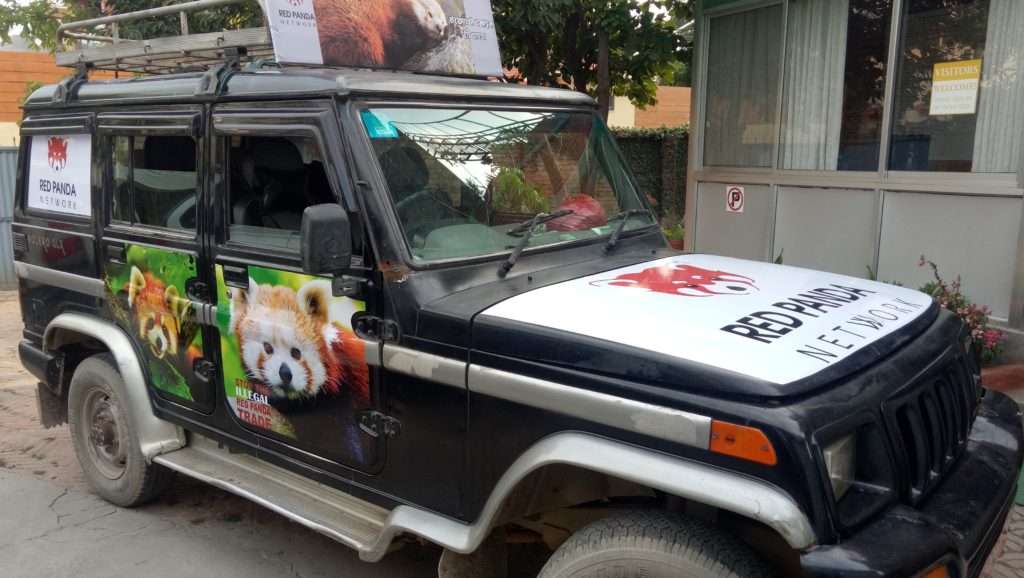 Branded jeep for outreach team.
Branded jeep for outreach team.
Seven-hundred-and-fifty copies of the Nepali version of ‘The Forgotten Panda’ was distributed (on flash drives) and in just three weeks, 5,450 people living in red panda range were reached with outreach activities.
The campaign was financially supported by Holtzmann Wildlife Foundation in Chicago, IL, USA.
“The campaign has yielded very positive results for outreach among range communities. We are very thankful to the Holtzman Wildlife Foundation for this opportunity,” says RPN’s Country Director, Ang Phuri Sherpa.
